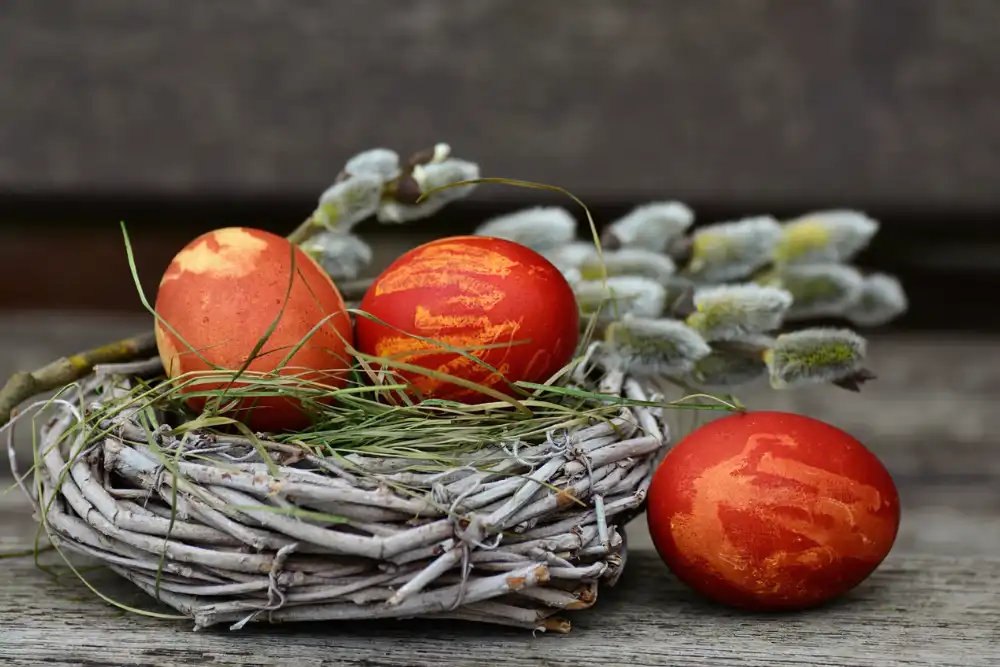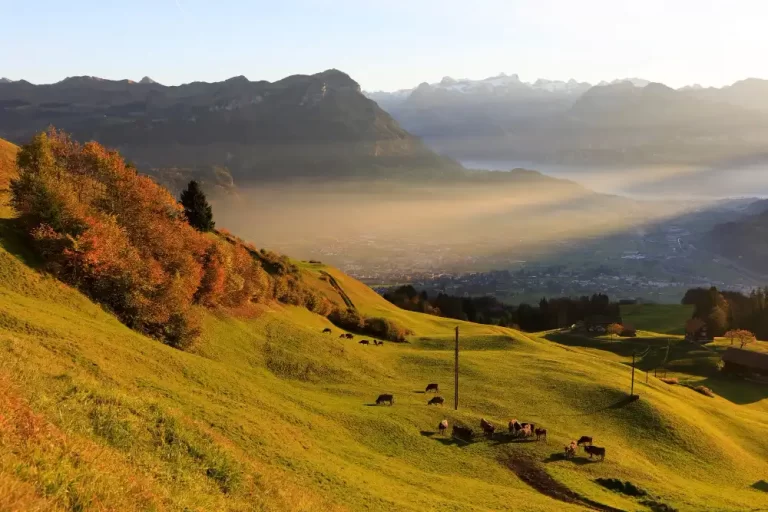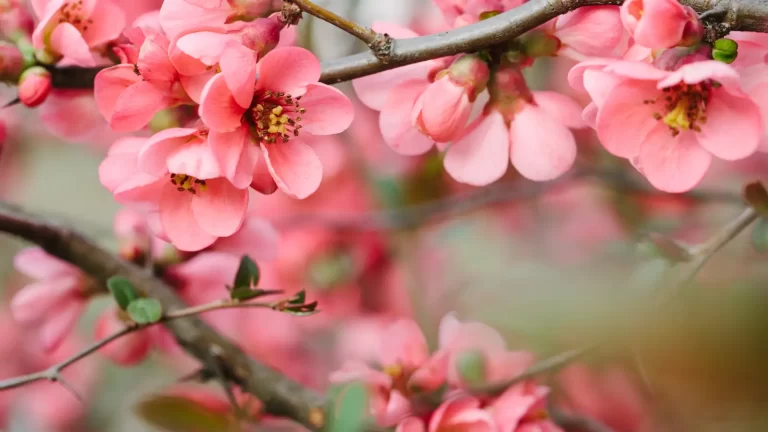Armenia has a fascinating history, especially as the very first nation to embrace Christianity. Our culture and traditions are steeped in this rich heritage. Easter holds a special place in our hearts; it’s more than just a holiday—it’s a time where we feel a deep connection with God and with each other. This celebration isn’t just about going to church or enjoying a meal together; it’s about rediscovering our roots, strengthening our beliefs, and coming together in a meaningful way.
Beyond the outward festivities, Easter holds a deeper significance for Armenians. It’s a time to reflect on the enduring strength of their faith, passed down through generations. It’s a reminder of the sacrifices made by their ancestors to preserve their Christian identity in the face of adversity. And most importantly, it’s a reaffirmation of their belief in the promise of resurrection and new life in Christ.
It is time to visit Armenia to celebrate Easter!
Lent Before Easter in Armenia

In the Armenian church, Lent marks the 40 days leading up to Easter Sunday. It’s a time of reflection and preparation, and it involves some serious dietary discipline. Picture this: for those observing Lent, it’s like embarking on a 40-day vegan journey where meat, poultry, eggs, cheese, and even milk are off the menu. And for the devout, it goes even further – no wine, no oils (not even olive oil), no olives, and no honey. It’s basically a diet limited to bread, salt, and water.
Now, that might sound pretty strict, but there’s a bit of relief on Saturdays and Sundays when the fast is either lifted or lightened in most places and times in Armenia.
Easter Celebration
Then comes Easter Eve, also known as the Candle Mass, celebrated with the Divine Liturgy in all the Churches around Armenia. It’s a beautiful moment when the news of Christ’s Resurrection is joyfully announced. Picture the scene: everyone’s holding a candle, there’s an air of anticipation, and then it happens – Lent is officially over! It’s like a collective sigh of relief and celebration as people light up, taste the egg they’ve been waiting to enjoy, and bid farewell to the fasting season.
Armenian greeting for Easter

Armenia’s national church has a truly remarkable history, being directly established by the Apostles Bartholomew and Thaddeus. This historical connection lends a profound significance to the Armenian Apostolic Church, as it’s not just a religious institution but a living testament to centuries of faith and tradition.
When Easter rolls around, there’s a great sense of excitement and anticipation among Armenians. It’s not just about chocolate eggs and bunnies; it’s a deeply spiritual time marked by ancient rituals and heartfelt celebrations. The traditional greeting, “Krisdos haryav i merelots,” which means “Christ is Risen” , echoes through homes and churches, reminding everyone of the profound significance of Christ’s resurrection.
What Do Armenians Eat for Easter?
At Easter in Armenia, the main dishes take on a special significance. Picture this: a delicious serving of fish paired with rice pilaf bursting with raisins. Now, Armenians don’t typically eat rice as much as our Asian counterparts, but during Easter, this pilaf becomes a must-have! It’s like a tradition woven into the fabric of our celebration, adding a unique flavor and texture to the festive spread.
What is the Armenian Egg Fight on Easter?

The Armenian egg fight on Easter – it’s a fun tradition especially beloved by kids! Here’s how it goes down: first, each child decorates their hard-boiled egg with their own unique designs. Then, it’s time for the showdown! Facing each other, the players gently tap the small end of their eggs together, like a friendly jousting match, until one egg cracks. It’s a silly yet exciting competition that adds an extra dash of joy to the Easter celebrations in Armenia.
After the initial tap, the tension builds as the eggs collide, with each participant hoping their egg will emerge victorious. There’s laughter and cheers as the eggs make contact, with friends and family gathering around to witness the friendly competition. Some eggs crack quickly, while others hold out longer, creating suspenseful moments that add to the excitement of the game.
As the egg fight continues, players strategize and adjust their techniques, aiming for just the right amount of force to crack their opponent’s egg without breaking their own. It’s a test of skill and luck, with each participant hoping to emerge as the ultimate egg champion. And even when an egg cracks, the fun isn’t over – participants often exchange eggs and continue the game, spreading laughter and joy throughout the Easter festivities.
In the end, it’s not about who wins or loses, but the shared experience of laughter, camaraderie, and tradition that makes the Armenian egg fight on Easter such a cherished part of the holiday celebration. It’s a playful reminder of the simple joys of childhood and the bonds that bring families and communities together during this special time of year.
Easter For Armenians
For Armenians, Easter isn’t just a one-day affair; it’s a season filled with rich customs and traditions. From the solemnity of Lent to the jubilation of Easter Sunday, each moment is infused with meaning and reverence. Families come together to prepare special meals, churches are adorned with vibrant decorations, and communities unite in prayer and fellowship.







